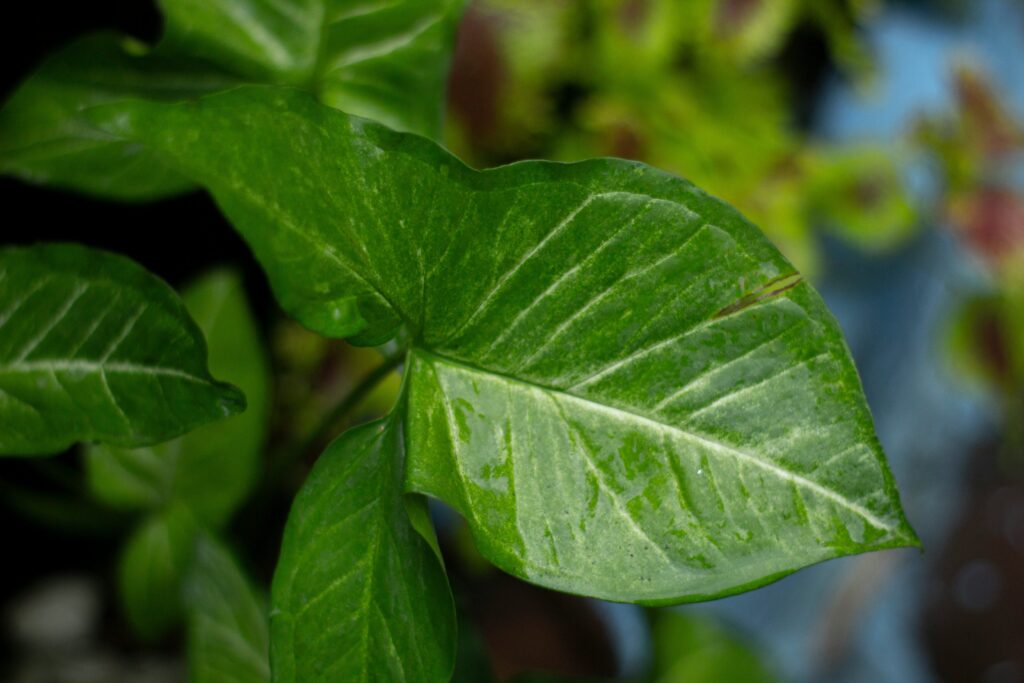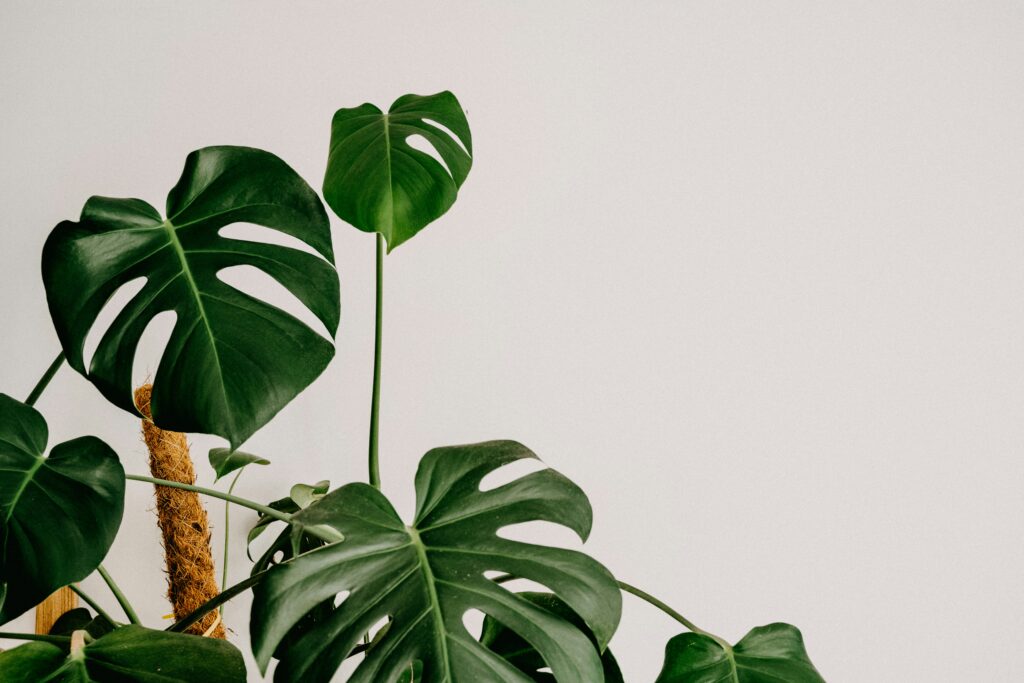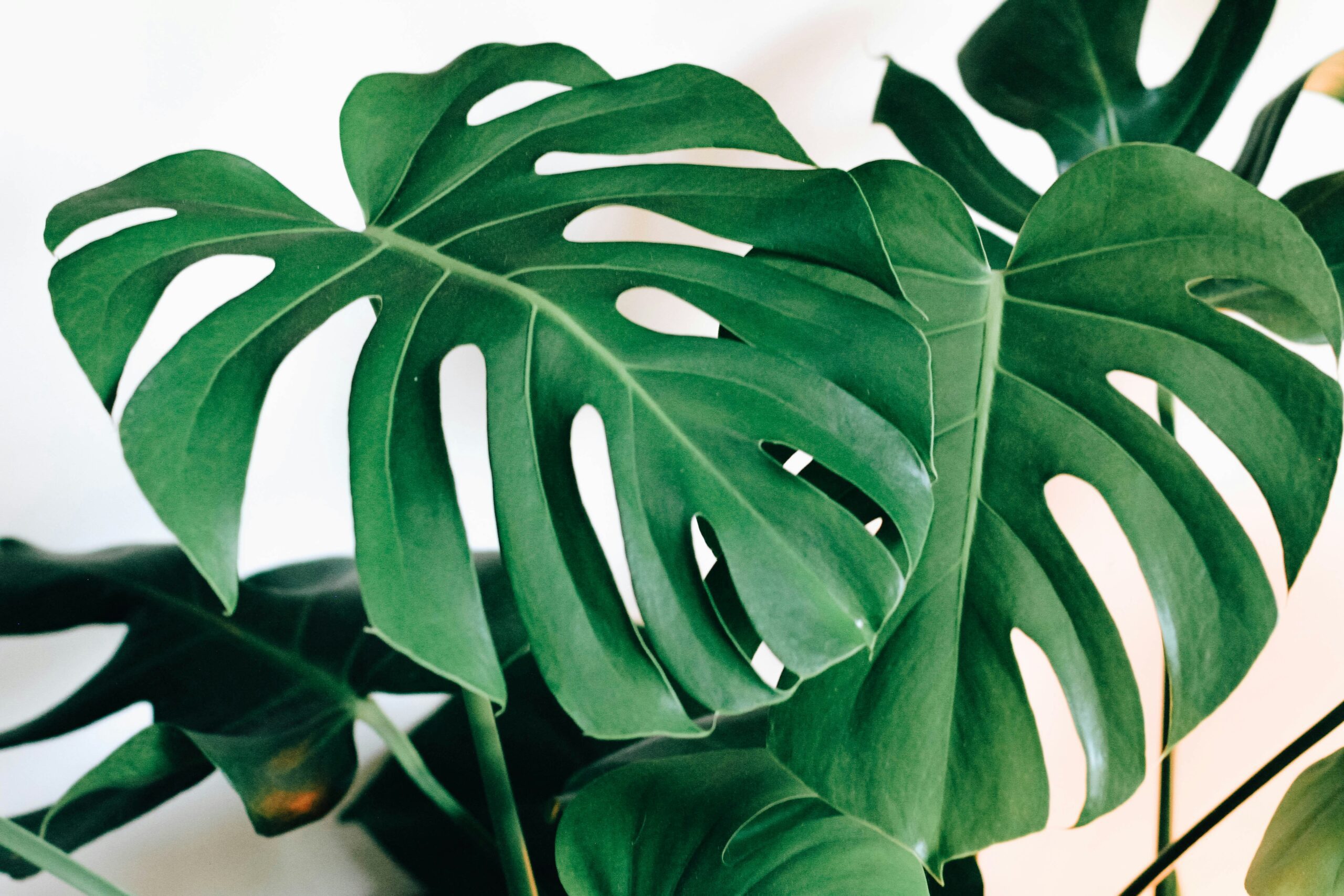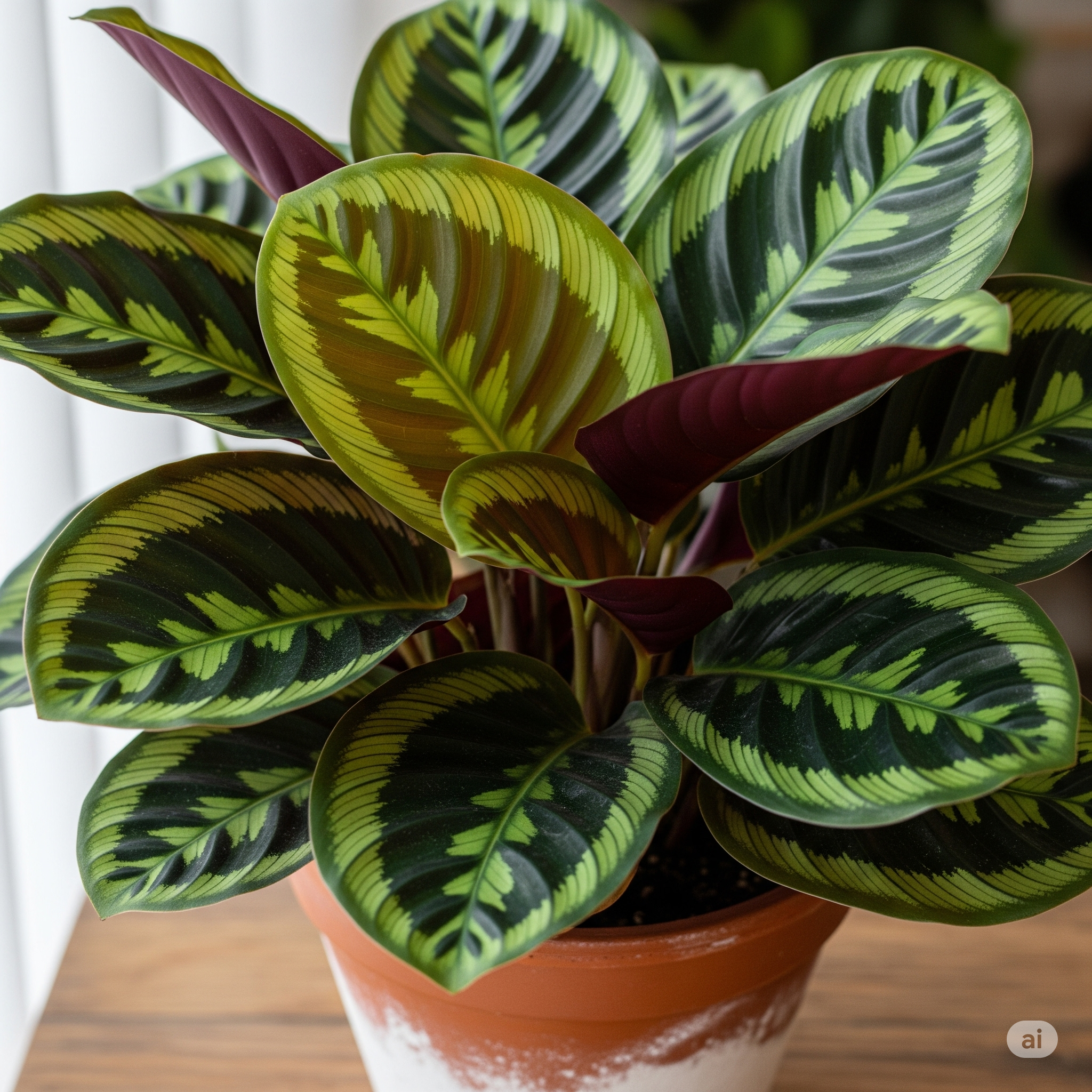Some links on this Website are affiliate links, meaning we may earn a commission if you make a purchase, at no additional cost to you. Please read our full Affiliate Disclosure for more details.
The Monstera plant (Monstera deliciosa) is one of the most beloved indoor plants thanks to its unique, split leaves and tropical charm. While most people grow it for its striking foliage, many plant owners face a common problem: their Monstera becomes tall, sparse, or leggy instead of full and vibrant.

If you’re wondering how to make your Monstera bushier, the secret lies in applying a few intentional care techniques. By pruning, propagating, training, and creating the right environment, you can encourage your Monstera to produce more leaves, grow fuller at the base, and look like the lush centerpiece it’s meant to be.
Let’s look into the most effective strategies to make Monstera grow fuller.
How to Make Your Monstera Bushier
Prune and Trim Regularly for Fuller Growth
Pruning isn’t just about keeping your Monstera tidy, it’s a powerful growth booster. Every time you trim a long, leggy stem, you encourage the plant to redirect its energy toward producing side shoots and new leaves. Over time, this makes the plant denser and bushier.
- How to prune correctly:
- Use sterilized scissors or shears to avoid spreading disease.
- Cut just above a leaf node (the small bump where new growth emerges).
- Remove stems that stretch outward without leaves, or those with damaged foliage.
Think of pruning as training your Monstera to grow in the direction you want. When done regularly, it transforms a thin plant into one that looks lush and balanced.
Propagate and Replant Cuttings for Instant Fullness
One of the easiest tricks to make your Monstera bushier is propagation. When you prune, you’ll often end up with healthy cuttings that can grow into new plants. Instead of discarding them, you can root these cuttings and replant them in the same pot.
- How to propagate:
- Choose a cutting with at least one node and one leaf.
- Place the cutting in a jar of clean water until roots develop.
- Once roots are about 2–3 inches long, plant it back into the Monstera’s pot.
This method creates the appearance of multiple Monsteras growing from the same container, instantly giving your plant a bushier look. It’s like creating a small Monstera jungle right inside one pot.
Provide Adequate Light for Dense Growth

Light plays a major role in how your Monstera grows. Without enough light, it will stretch toward the source, producing fewer leaves and long, weak stems. To make your Monstera grow fuller, you must place it in a spot where it gets sufficient bright, indirect sunlight.
- Best light conditions:
- Near an east- or south-facing window with filtered light.
- Avoid direct sunlight, which can scorch leaves.
- In darker rooms, consider using a grow light to supplement natural light.
A Monstera in the right light conditions produces strong stems and plenty of new leaves, which naturally makes it bushier.
Fertilize During the Growing Season
Like all plants, your Monstera needs nutrients to thrive. Fertilizer provides the extra boost required for lush foliage growth. If you want to make your Monstera bushier, feeding it during its active growing season (spring and summer) is essential.
- Best practices for fertilizing:
- Use a balanced liquid fertilizer (e.g., 20-20-20 or one designed for houseplants).
- Dilute it to half strength to avoid overfeeding.
- Apply every 4–6 weeks.
Consistent feeding supports vibrant green leaves and steady growth, helping your Monstera maintain a healthy, full appearance.
Train Your Monstera with Moss Poles or Trellises
In the wild, Monsteras are climbing plants that use trees for support. Giving your Monstera a moss pole or trellis to climb mimics this natural growth habit and encourages more leaves and aerial roots to develop.
- Benefits of training your Monstera:
- Keeps the plant upright and compact instead of sprawling.
- Encourages denser leaf production along the stems.
- Creates a dramatic, bushier vertical effect.
To get the best results, gently tie your Monstera’s stems to the support and mist the moss pole occasionally to keep it moist. The aerial roots will attach and thrive, supporting strong, full growth.
Master Watering and Humidity for Healthy Growth

Watering mistakes are one of the top reasons Monsteras struggle. Too much water can lead to root rot, while too little leaves the plant weak and unable to grow fully. To make your Monstera bushier, keep the soil consistently moist but never soggy.
- Watering tips:
- Water when the top 1–2 inches of soil feel dry.
- Use well-draining soil and a pot with drainage holes.
- Reduce watering slightly in winter when growth slows down.
Humidity is equally important. Monsteras come from tropical environments, so they thrive in higher humidity levels. Low humidity can cause leaves to crisp or growth to stall.
- Boost humidity by:
- Using a humidifier.
- Placing a tray of water near the plant.
- Grouping your Monstera with other plants to create a mini jungle effect.
Repot When Necessary
If your Monstera has been in the same pot for years, it might be root-bound, which restricts growth. Repotting into a slightly larger container with fresh soil gives the roots more space to expand and absorb nutrients.
Repotting every 2–3 years ensures your Monstera has room to grow bushier and healthier. Always choose a well-draining, nutrient-rich soil mix to support robust growth.
Conclusion
If you want to make your Monstera bushier, consistency and care are key. Regular pruning encourages branching, while propagating cuttings fills in empty spaces. Adequate light, proper fertilization, and correct watering habits create the right environment for lush growth. Training your Monstera with a moss pole and repotting when needed further ensures it stays vibrant and dense.
With patience and the right techniques, your Monstera will reward you with a fuller, more dramatic presence in your home turning it into a true tropical statement plant.
Frequently Asked Questions
1. How do I make my Monstera grow fuller?
To make your Monstera grow fuller, prune leggy stems, propagate and replant cuttings into the same pot, and provide bright indirect light. Fertilizing during the growing season and using a moss pole for support also encourage bushier growth.
2. Why is my Monstera looking leggy?
A Monstera becomes leggy when it doesn’t receive enough light. The plant stretches toward the nearest light source, producing long stems with fewer leaves. Placing it in a brighter spot helps maintain compact, dense growth.
3. Should I cut back my Monstera to make it bushier?
Yes, pruning is one of the best ways to encourage a bushy Monstera. Cutting back long stems redirects energy to dormant nodes, which stimulates branching and new leaves. Always use clean, sharp tools to prevent damage.
4. How often should I repot my Monstera for better growth?
Monsteras typically need repotting every 2–3 years. A fresh potting mix and more root space allow the plant to grow stronger and fuller, preventing it from becoming root-bound and stunted.
5. Will a moss pole make my Monstera bushier?
Absolutely. A moss pole encourages your Monstera to climb and produce larger, healthier leaves. It also supports upright growth, which contributes to a bushier, more dramatic plant appearance.


